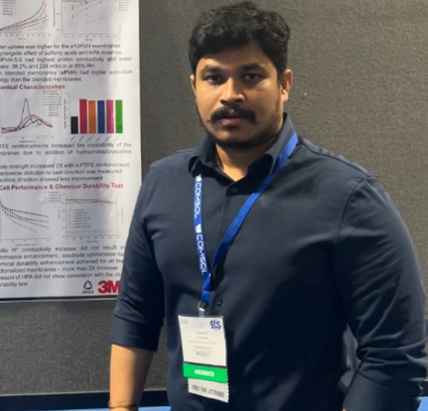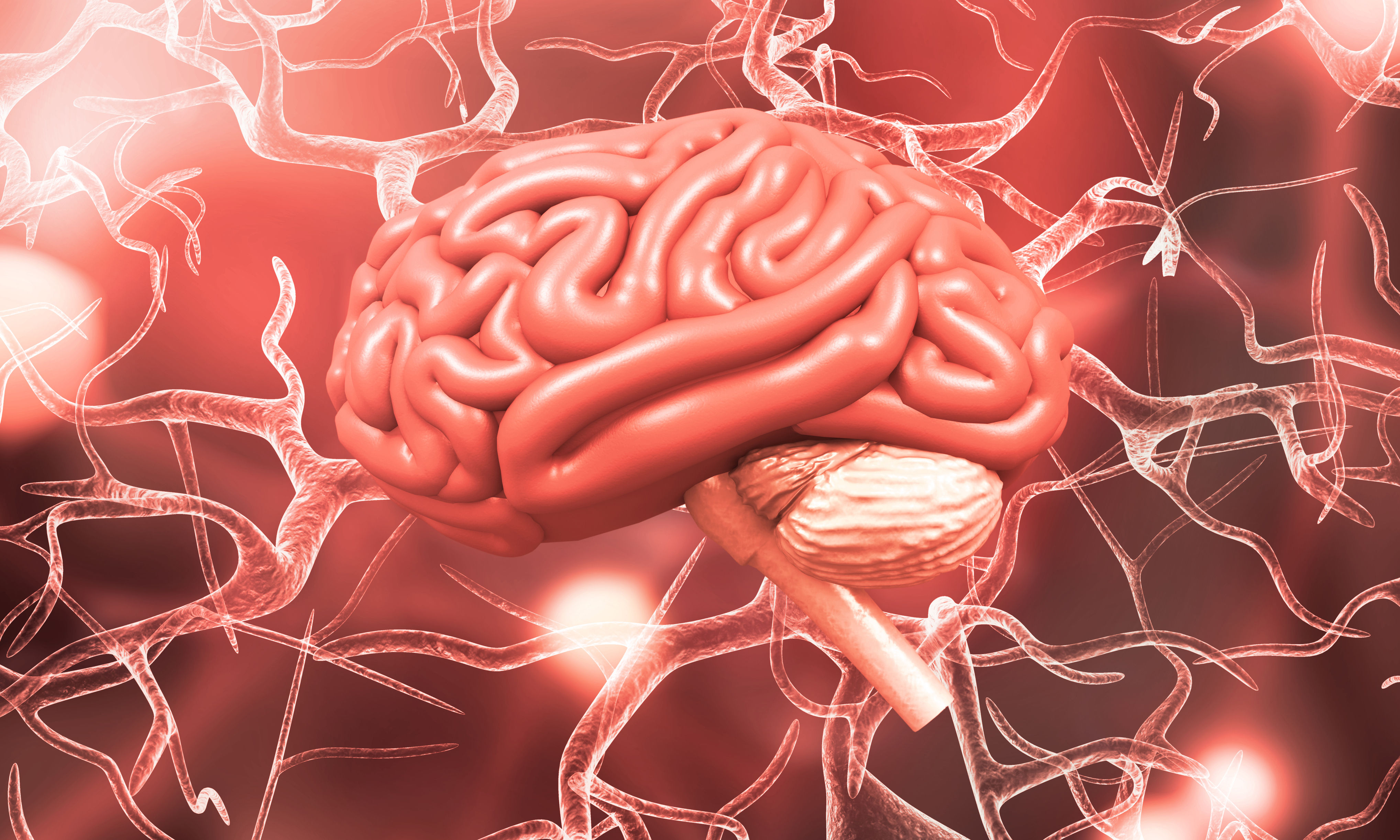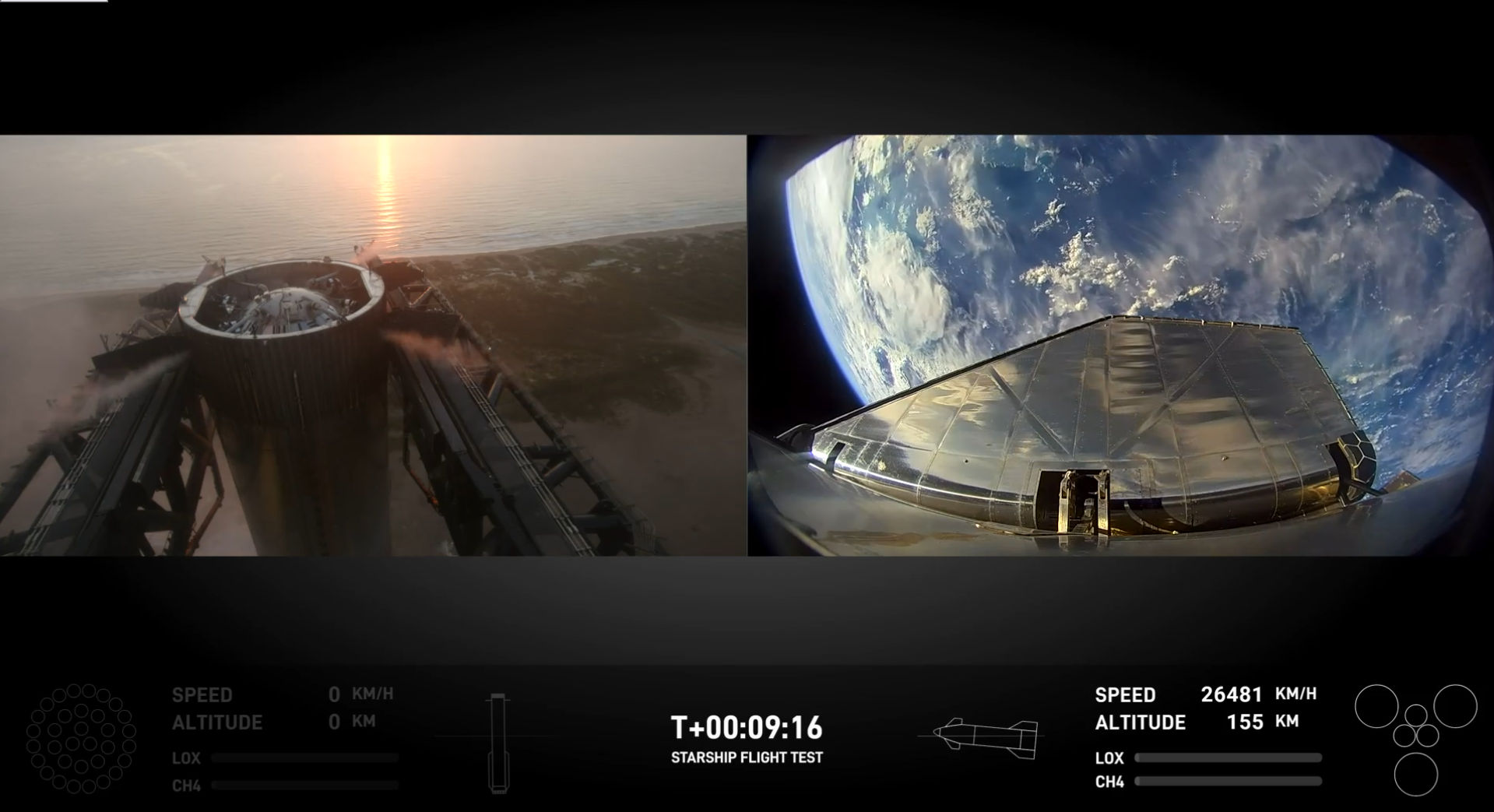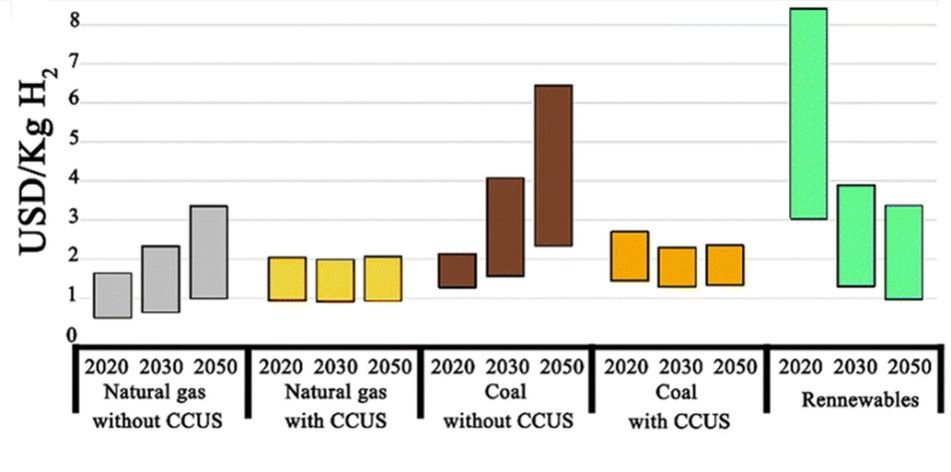How Brain Aging Is Shaped by Cellular Proximity
How Brain Aging Is Shaped by Cellular Proximity
Revolutionizing Brain Aging Research: Spatial Interactions as the Key to Youthful Resilience
As we age, our brains don’t simply grow older; they undergo complex, spatially defined changes that extend far beyond the changes of individual cells. What if the interaction between the cells in our brains and their closest neighbours held the secret to understanding brain aging, rather than merely the genes we express?
The detailed blueprint of the aging brain is revealed in recent research published in Nature on December 18, 2024, unraveling the intricate blueprint of the aging brain, revealing how the closeness of cellular neighbours can sculpt the molecular journey of aging. The "Spatial transcriptomic clocks," which they introduce using a cutting-edge technology that combines spatial context with high-resolution gene expression data, disclose a startling fact: aging in the brain is a neighbourhood issue, where your cellular neighbours may make all the difference. This revelation marks the beginning of an exciting new phase in the investigation of the causes of cognitive decline and neurodegeneration.
The discovery that proximity effects are not consistent across the brain is what makes this method so attractive. Instead, a microenvironment that can either prevent or hasten age-related molecular decline is created by the distinct interactions between various cell types, including neurons, glial cells, and vascular cells. This discovery casts doubt on the conventional wisdom that aging is a uniform, systemic process and provides a more nuanced understanding that takes into account the critical role that cellular interactions play. It has far-reaching ramifications beyond the lab. A fresh approach to tackling neurodegenerative diseases is provided by an understanding of how spatial structure contributes to aging. Could this method provide promise for not just recognizing Parkinson's and Alzheimer's disease but also for creating treatments that safeguard the complex network of connections in the brain as we age?
This finding gives us optimism as we look to the future. The prospect of manipulating the spatial dynamics of cells in the aged brain in the future opens the door to novel therapies that target not just the functioning of individual cells but also the way cells collaborate in their surroundings. Is it feasible for researchers to develop therapies that reorganize the cellular neighbourhoods of the aging brain to restore resilience similar to that of youth? While the challenges are vast, the potential to harness this spatial knowledge may ultimately transform our approach to brain health, offering a new frontier for slowing aging and preventing age-related cognitive decline.
To sum up, the research conducted by Sun and associates not only reframes our knowledge of how the brain matures, but it also poses important issues for the future. As we uncover the mechanisms behind these proximity effects, we must ask: Can we create a future where brain aging is not merely managed but meaningfully reversed? With this novel approach, one spatial interaction at a time, we are starting to see the first glimmer of optimism in that direction.
Istock: Rasi Bhadramani
Source & Further Reading
Sun, E.D., et al. (2024) Spatial transcriptomic clocks reveal cell proximity effects in brain ageing. Nature. doi.org/10.1038/s41586-024-08334-8






















